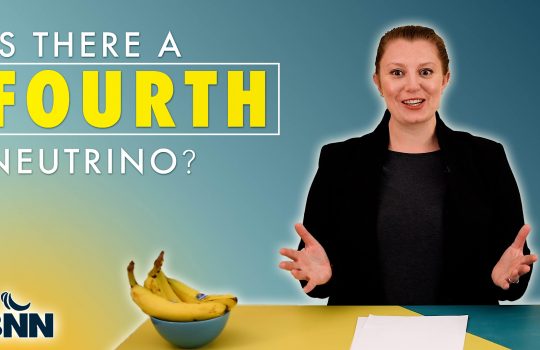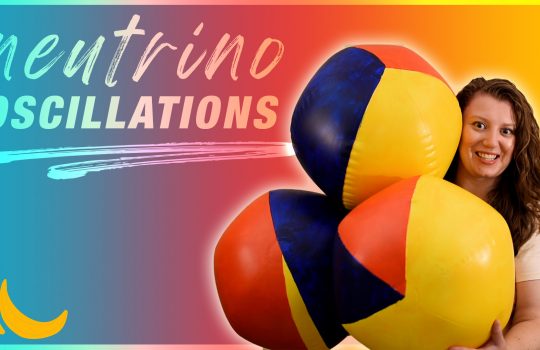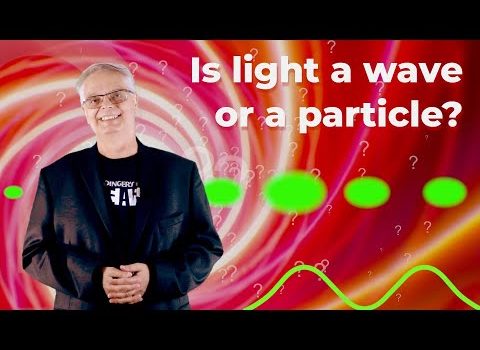71 - 80 of 291 results
The super bizarre quantum eraser experiment
The quantum eraser experiment is one of the weirdest phenomena that has ever been observed. It seems that quantum mechanics mixes past and future together. In this video, Fermilab’s Don Lincoln takes you through this quantum conundrum.
Even Bananas 10: How do neutrino oscillations work?
Things get weird at the smallest scales — just take a look at the way neutrinos behave as they travel. In this episode, we’ll explore the phenomenon of neutrino oscillation through something a bit easier to grasp: beach balls. Join neutrino physicist Kirsty Duffy for some delightful quantum chaos.
Quantum mechanics and the double-slit experiment
Quantum mechanics is one of the most confusing fields of contemporary physics. Fermilab’s Don Lincoln introduces the big ideas and prepares the viewer for a follow-on video that is even more mind-blowing.
Emerging technologies: Quantum information science
Quantum information science is a key area of research at the DOE’s national labs. Scientists and engineers are working to develop quantum sensors and computers as well as quantum internet. Silvia Zorzetti talks about research at Fermilab’s SQMS Center.
Emerging technologies: Particle accelerator R&D
A particle beam is a very useful tool. It can diagnose a disease, destroy a tumor, improve a chip, clean up dirty drinking water, scan containers for suspicious content and do much more. Fermilab’s Sam Posen talks about accelerator research at Fermilab, a world leader in particle accelerator science and technology.



